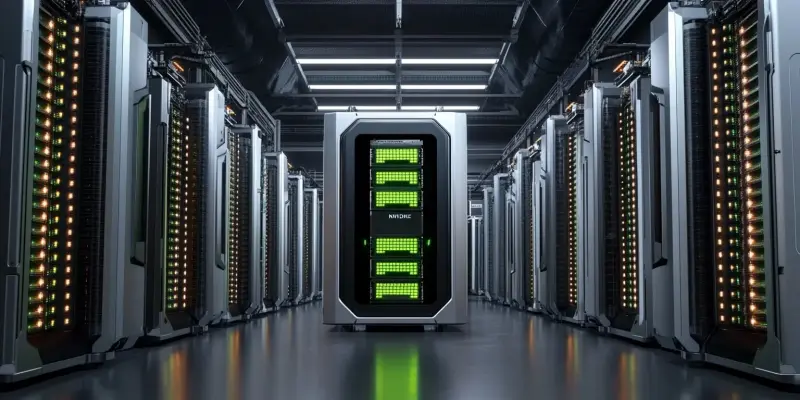In a significant revelation for the tech world, a newly discovered security vulnerability within the NVIDIA Container Toolkit poses a considerable threat to the integrity of host systems, bringing to light the continuous challenges faced in cybersecurity. This alarming discovery, designated as CVE-2025-23359, carries a CVSS score of 8.3, marking it as a high-severity issue that requires urgent attention. With the potential to bypass previously implemented security patches, this vulnerability could allow attackers to gain unauthorized access to the host system.
The Scope of the Vulnerability
This vulnerability impacts all versions of the NVIDIA Container Toolkit up to and including version 1.17.3, which was fixed in version 1.17.4. Similarly, it affects all versions of the NVIDIA GPU Operator up to and including version 24.9.1, with a fix applied in version 24.9.2. The flaw arises from a Time-of-Check Time-of-Use (TOCTOU) issue in the default configuration, enabling a specially crafted container image to access the host file system. Such access could lead to code execution, denial of service, escalation of privileges, information disclosure, and data tampering.
Bypassing Previous Patches
The discovery also demonstrates how this vulnerability can successfully bypass a previously addressed issue, identified as CVE-2024-0132, which had a CVSS score of 9.0. In September 2024, efforts to mitigate this former vulnerability seemed effective until the new flaw revealed a bypass method. Attackers can now mount the host’s root file system into the container. By doing so, they gain comprehensive access to files, which can even allow them to launch privileged containers for a complete host system takeover.
Role of UNIX Sockets
UNIX sockets play a pivotal role in these exploits. They enable unrestricted access to the file system, allowing attackers to execute host-level operations such as monitoring network traffic and debugging active processes. The critical nature of UNIX sockets in facilitating these attacks underscores the complexity involved in securing container environments and the need for meticulous security measures.
Detailed Findings
Cybersecurity experts at Wiz have provided technical specifics on the mechanics of the vulnerability. They elucidate how file paths during mount operations can be manipulated using symbolic links to access the host directory. Although read-only access to the host file system is typically limited, attackers can bypass this restriction by leveraging UNIX sockets to spawn new privileged containers. These measures grant them unrestricted access, posing a severe threat to system security.
Recommendations for Users
In light of this critical vulnerability, users are strongly advised to update to the latest versions of the NVIDIA Container Toolkit and GPU Operator. Additionally, it is recommended to avoid disabling the “–no-cntlibs” flag in production environments to enhance security against potential exploits.
Insights and Analysis
This newly discovered flaw in the NVIDIA Container Toolkit exemplifies the ever-evolving landscape of cybersecurity threats and the intricate nature of securing container environments. It highlights the necessity of continuous vulnerability research and prompt patch implementation as essential practices to prevent potential exploits and protect sensitive information. The incident serves as a stark reminder of the constant need for vigilance, timely updates, and proper configuration settings in maintaining robust cybersecurity defenses.
Moving Forward
In a significant development for the tech industry, a newly identified security vulnerability within the NVIDIA Container Toolkit has surfaced, posing a considerable threat to the integrity of host systems. This vulnerability, officially recognized as CVE-2025-23359, has been assigned an alarming CVSS score of 8.3, indicating its high severity and underscoring the urgent need for remediation. The discovery reveals the ongoing cybersecurity challenges that tech companies face. Notably, this vulnerability has the potential to bypass previously implemented security patches, providing a pathway for attackers to gain unauthorized access to host systems. As the tech world grapples with this revelation, it highlights the critical importance of continuous vigilance and robust security measures. Preventing such exploits requires swift action and collaboration among cybersecurity professionals to safeguard sensitive data and maintain system integrity. This incident serves as a stark reminder of the ever-present threats in the cybersecurity landscape and the need for ongoing diligence.

